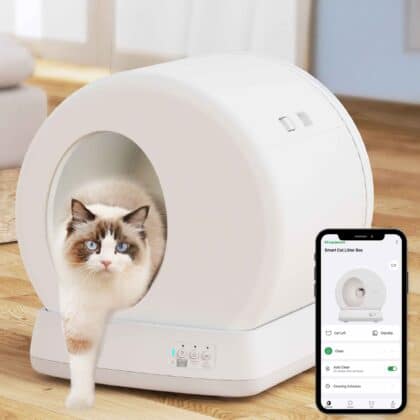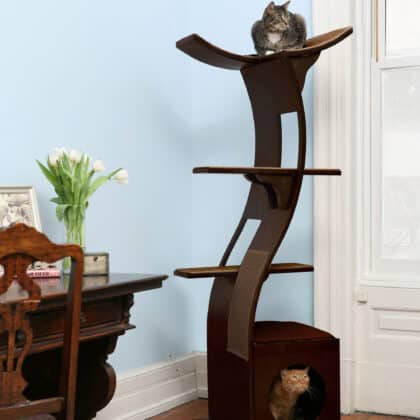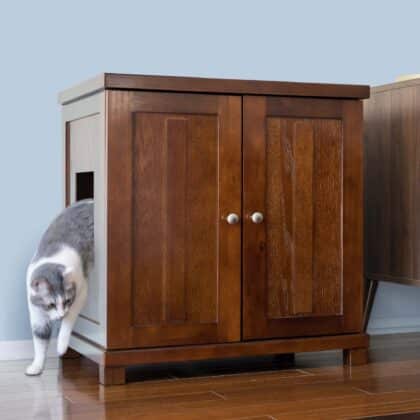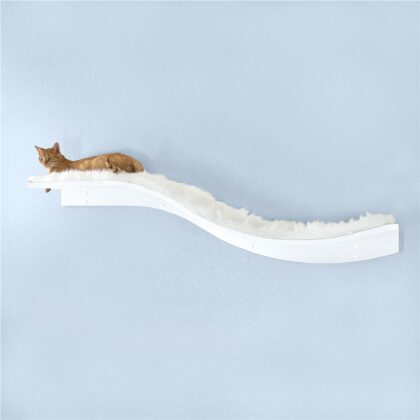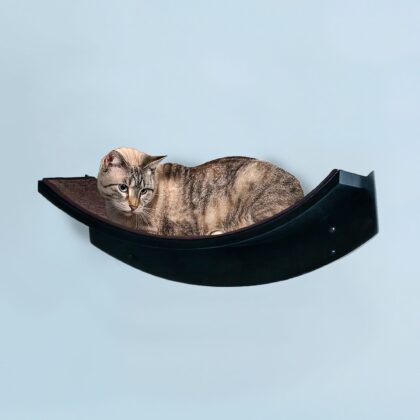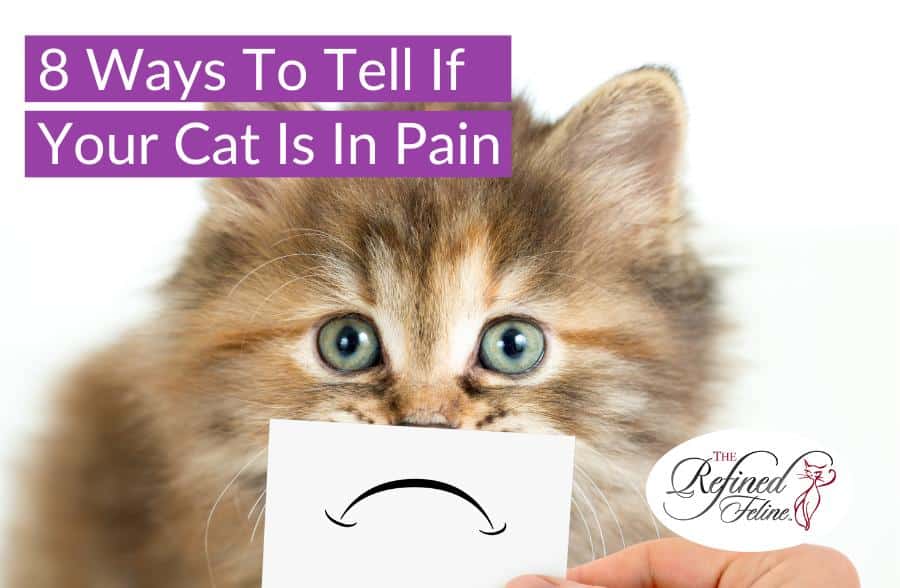
8 Ways To Tell If Your Cat Is In Pain
Cats are known for their independent nature, which can make it difficult at times to tell if they’re in pain. However, as a responsible cat parent, it’s important to be aware of the signs of pain in cats so that you can take the necessary steps to ensure their comfort and well-being. In this blog post, The Refined Feline explores some of the key signs that your cat may be in pain and what you can do about it.
Changes in Your Cat’s Behavior
One of the most common ways to tell if your cat is in pain is by noticing a behavior change. If your cat is typically playful and social, but suddenly becomes withdrawn, avoiding any interaction, it could be a sign that they are in pain. Similarly, if your cat is usually quiet but suddenly becomes vocal or aggressive, it may be a sign that they are experiencing discomfort.
Changes in Your Cat’s Eating Habits
Another common sign of pain in cats is a change in eating habits. If your cat is eating less than usual or refusing to eat altogether, it could point to a sign that they are experiencing pain. Conversely, if your cat is eating more than usual, it could be a sign that they are in pain and trying to comfort themselves by eating.
Changes in Grooming Habits
Cats are known for their unrelenting grooming habits, so a sudden change in grooming behavior could be another way to tell if your cat is in pain. If your cat is grooming themselves excessively or not grooming at all, it could be a sign that they are in some form of discomfort.
Related: How To Give Your Cat A Home Health Check
Limping or Lameness
If your cat is limping or showing signs of lameness, it could also be a sign that they are in pain. Limping can be caused by a variety of conditions, including injuries, arthritis, and other types of pain.
Hiding or Avoiding Contact
Cats that are in pain may be more likely to hide or avoid contact with their owners. This is something that’s in their nature to do when they are in pain because they’re trying to protect themselves from further discomfort.
Changes In Vocalization
While cats are typically quiet creatures, they may vocalize more if they are in pain. If your cat is meowing, hissing, or growling more than usual, that’s another way to tell that your cat is in pain or discomfort.
Changes in Posture
Cats that are in pain may adopt a different posture than usual. They may hunch over or arch their back in a certain way, indicating that they are trying to alleviate discomfort.
Changes in Breathing
Pain can also affect a cat’s breathing patterns. If you have ever heard your cat panting or breathing more rapidly than usual, it could be a sign that they are in pain.
What to Do if Your Cat is in Pain
If you suspect that your cat is in pain, it’s important to take action promptly to ensure its comfort and well-being. The first step is to take your cat to the veterinarian for a thorough examination. Your veterinarian can diagnose the underlying cause of your cat’s pain and recommend the appropriate treatment.
In the meantime, there are several things you can do to help ease your cat’s discomfort. For example, you can provide a comfortable and quiet place for your cat to sleep and ensure that they have access to food, water, and a litter box. You can also try to relieve some of your cat’s pain by providing a warm compress, heating mat, or using gentle massage.
It’s important to remember that it is in their nature to mask their pain. Cats are masters at hiding their pain. So, if you suspect that your cat is in discomfort, it’s always best to be cautious and seek veterinary care. By being attentive to your cat’s behavior and taking the necessary steps to ensure their comfort, you can help them live a happy and healthy life.


